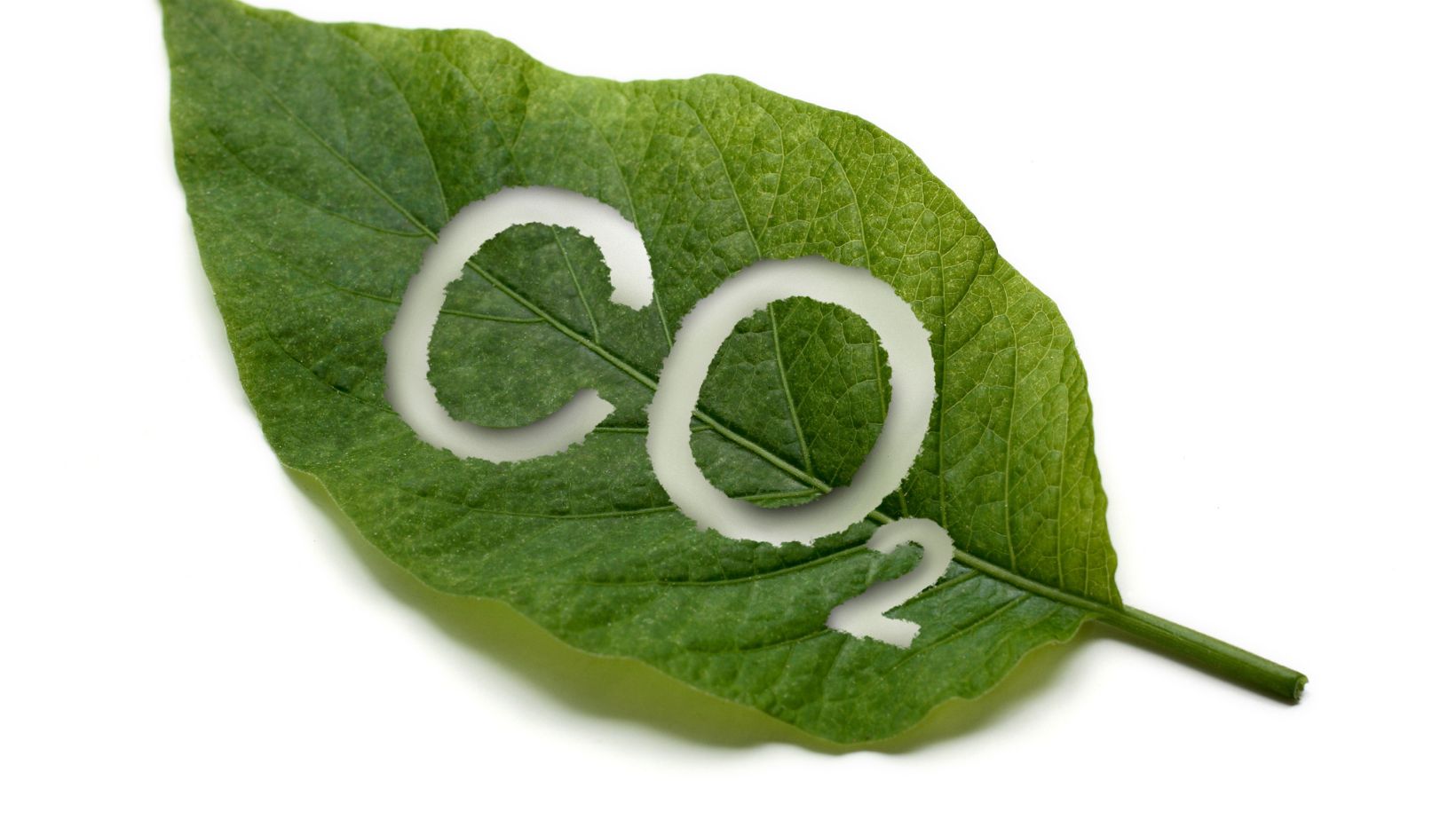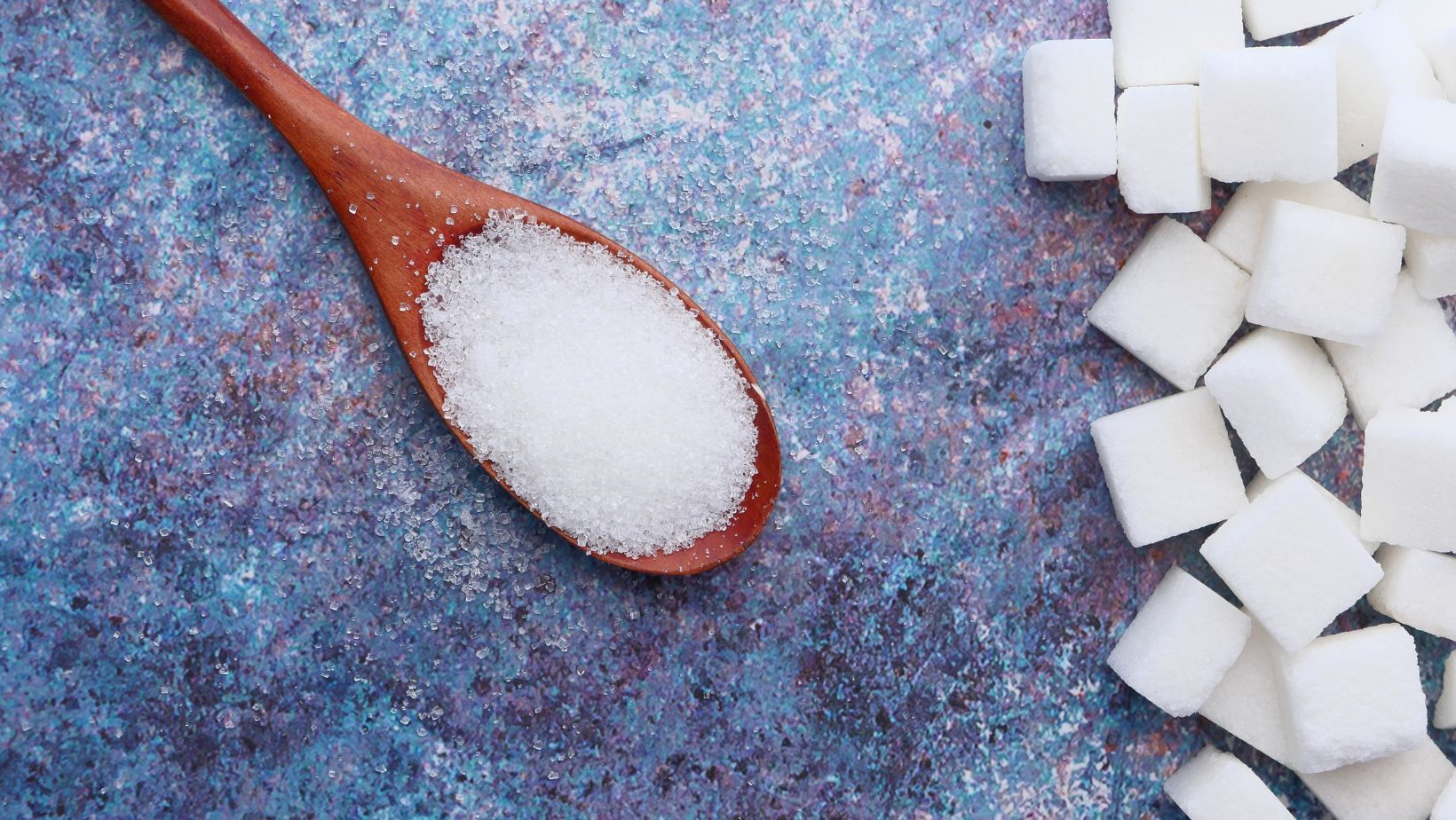How Do You Calculate How Many Moles Of CO2 Are In 870 ml Of A 0.75 m Solution? Moles

How Many Moles Of CO2 Are In 870 ml Of A 0.75 m Solution? Moles
If you’re wondering how to calculate the number of moles of CO2 in a 0.75 M solution with a volume of 870 ml, you’ve come to the right place. Determining the number of moles is an essential step in many chemical calculations. In this case, we’ll need to use the formula:
moles = concentration (M) × volume (L)
First, let’s convert the volume from millilitres to liters by dividing it by 1000:
870 ml ÷ 1000 = 0.87 L
Now, we can plug in the values into our formula:
moles = 0.75 M × 0.87 L
Calculating this gives us the number of moles of CO2 present in the solution.
Remember that molarity (M) represents moles per liter (mol/L), so our final answer will be in moles.
With this method, you can easily determine how many moles of CO2 are present in your specific solution without much hassle.

Understanding The Concept Of Moles
When it comes to understanding the concept of moles, it is essential to grasp the fundamental unit used in chemistry to measure the amount of a substance. A mole represents a specific number of particles, which is approximately 6.022 x 10^23 particles per mole, also known as Avogadro’s number. This concept allows chemists to make calculations and conversions between mass, volume, and number of particles.
To calculate how many moles of CO2 are present in a given solution, such as 870 ml of a 0.75 M solution, we need to follow a simple formula:
Moles = Volume (in liters) x Concentration (in moles per liter)
Firstly, we must convert the volume from millilitres to liters by dividing it by 1000:
870 ml ÷ 1000 = 0.87 liters
Next, we multiply this volume by the concentration of the solution in moles per liter:
0.87 liters x 0.75 mol/L = 0.6525 moles
Therefore, there are approximately 0.6525 moles of CO2 in a solution with a volume of 870 ml and a concentration of 0.75 M.
Understanding the concept of moles allows us to accurately determine the quantity of substances involved in chemical reactions or present in solutions. It provides chemists with a standardised unit that simplifies calculations and enables precise measurements.
In conclusion,
- Moles represent Avogadro’s number (approximately 6.022 x10^23) and serve as the fundamental unit for measuring chemical quantities.
- To calculate how many moles are present in a solution, multiply its volume (converted into liters) by its concentration.
- Understanding moles helps chemists accurately determine substance quantities needed for reactions or present in solutions.
Remember that mastering concepts like these lays down solid foundations for further exploration in the world of chemistry. So keep learning and applying your knowledge! Calculating the number of moles of CO2 in a solution requires a clear understanding of the given parameters. In this case, we are provided with 870 mL of a 0.75 M solution. Let’s break down these parameters to determine the number of moles present.
Firstly, we have 870 mL as our volume measurement. It’s important to note that when dealing with calculations involving solutions, it is crucial to convert all volume measurements to liters. Thus, we have 0.87 L (since there are 1000 mL in one liter).
Next, we are given that the solution has a concentration of 0.75 M. The “M” represents molarity which indicates the number of moles of solute per liter of solution. To calculate the number of moles, we need to multiply the concentration by the volume:
Number of moles = Concentration × Volume
Substituting our values into this equation:
Number of moles = 0.75 mol/L × 0.87 L
Now let’s calculate it:
Number of moles = 0.6525 mol
So there are approximately 0.6525 moles (or simply put, about two-thirds) of CO2 present in the given solution.
By defining and understanding these given parameters – volume and concentration – we can accurately calculate how many moles of CO2 exist in a specific amount and concentration within a solution.
Remember to always mind units during calculations and convert them if necessary for an accurate result!




